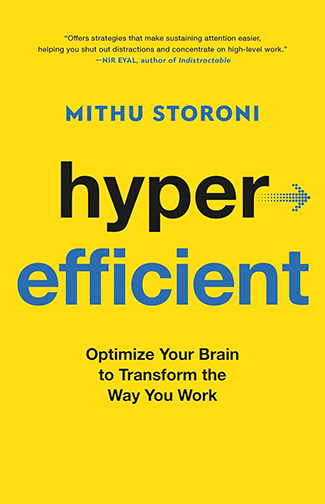
Achieve Peak Performance by Learning to Shift the Gears of Your Mind

The Art of Manliness
Deep Dive
Why is the traditional factory framework of work detrimental to knowledge workers?
The traditional factory framework, which emphasizes continuous, constant-paced work, is detrimental to knowledge workers because it forces the brain to work in a way that goes against its natural rhythms. Unlike muscles, the brain suffers from subtle mental fatigue that is often ignored, leading to lower levels of performance, creativity, and problem-solving ability.
What is the gear network framework and what does it represent in the context of mental work?
The gear network framework represents different states of mental activity, each corresponding to varying levels of norepinephrine in the brain. Gear one is a low-energy, mind-wandering state; gear two is the optimal state for focused, high-quality mental work; and gear three is a reactive, high-stress state. Shifting between these gears helps manage mental fatigue and maintain peak performance.
Why do different people have different gear personalities, and how does this affect their work environments?
Different people have varying levels of sensitivity to stimulation, which affects their gear personalities. Some people need very little stimulation to reach gear two, the optimal state for mental work, while others need more. This influences their preferred work environments, with some thriving in high-stimulation, uncertain settings and others preferring low-stimulation, stable environments.
How can we use our body's natural rhythms to enhance our work efficiency?
By aligning work tasks with the body's natural rhythms, such as circadian rhythms, we can enhance efficiency. For example, creative thinking is best in the early morning and late evening, while focused attention peaks from mid-morning to lunchtime and mid-afternoon to early evening. Avoiding focused work during the post-lunch dip and using 90-minute work cycles can also help maintain mental performance.
What are some practical ways to shift gears in the brain for better mental performance?
Practical ways to shift gears include using environmental cues like music to modulate the perception of time, reducing uncertainty by creating a sense of security, and managing cognitive load. Physiological methods like cold or heat exposure, breathing exercises, and caffeine can also help shift gears. For example, caffeine can raise the gear from one to two, but too much can push you into gear three.
How can intrinsic motivation be fostered using the gear network framework?
Intrinsic motivation can be fostered by creating a sense of pleasure in the process of work, not just the results. Engaging in tasks that offer rapid and continuous progress, staying just beyond the edge of comfort, and using the 80% rule (where tasks are 20% beyond your current skill set) can help maintain high energy gear two, the optimal state for learning and creativity.
Shownotes Transcript
The Industrial Revolution changed the nature of work, so that many people labored in factories, continuously performing the same task, at the same pace, for the duration of their shift.
Two centuries on, even though most folks have moved from working with their hands to working with their heads and from manufacturing set outputs to solving complex problems, generating creative ideas, and processing information, we still tend to work as if we're manning an assembly line.
My guest says that being stuck in this factory framework is to our detriment, and that there's a much better way to do knowledge work, one that's less like manning an assembly line and more like driving a car.
Mithu Storoni is a Cambridge-trained physician, a neuroscience researcher, and the author of Hyperefficient: Optimize Your Brain to Transform the Way You Work). Today on the show, Mithu offers a modern approach to achieving peak performance and explains why it's better to impose the natural rhythms of our brains on our work than to impose the rhythms of our work on our brains. She shares why you should treat your brain like an engine with three different gears, how people have different "gear personalities," and how to use environmental cues, specially structured 90-minutes cycles of work, and even caffeine to shift your brain into the optimal gear for different mental challenges.
Resources Related to the Podcast
- Mithu's previous appearance on the AoM podcast: Podcast #525: How to Stress Proof Your Body and Brain)
- AoM Podcast #743: How to Get Time, Priorities, and Energy Working in Your Favor)
Connect With Mithu Storoni
